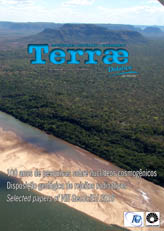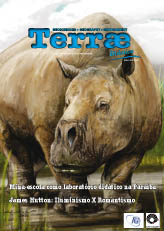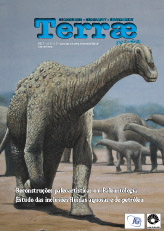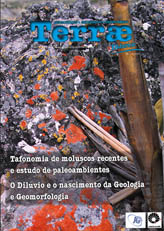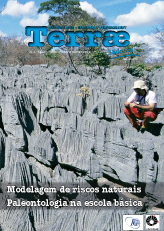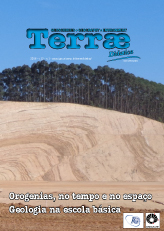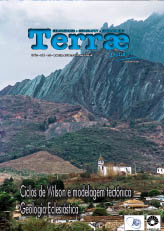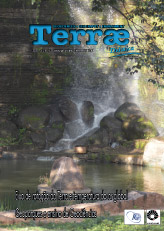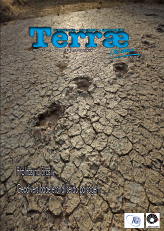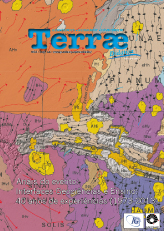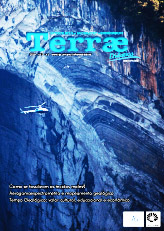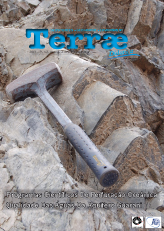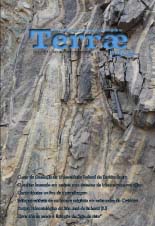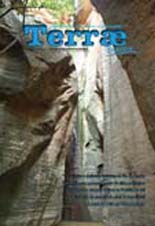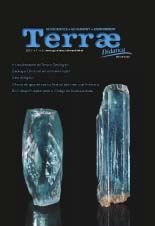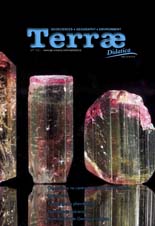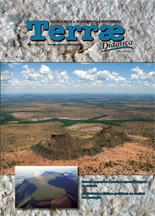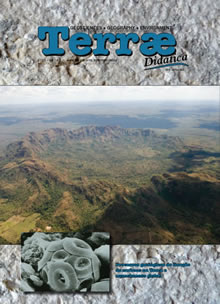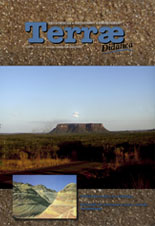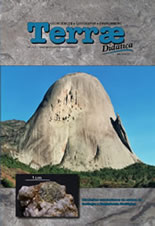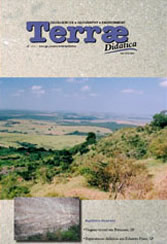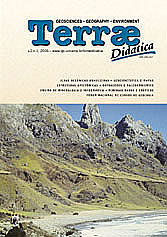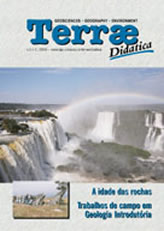Campinas-Brasil
ISSN 1980-4407

 ___________________
___________________ __
__
Volume 14, n2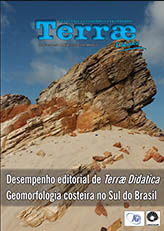
Volume 14, n1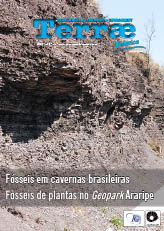
Volume 12, n3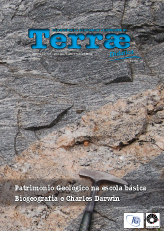
Volume 10, n2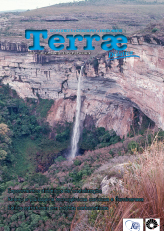
Volume 8, n2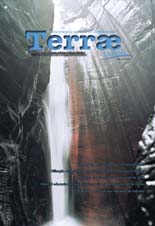
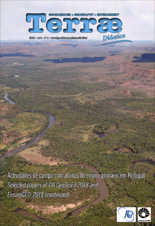
Development of teaching material about the state change of vapor to water drop caused by cooling
Y. Sakakibara
Facuty of Education, Shinshu University 380-8544 Nagano city, Nagano, Japan
ysakaki@shinshu-u.ac.jp
M. Kodaka
Ogawa Junior High School 381-3302 Ogawa Village, Nagano, Japan
m70kb@yahoo.co.jp
T. Fujioka
Fuculty of Education, Shiga University, 522-8522 Banba Hikone, Shiga, Japan
fujioka@edu.shiga-u.ac.jp
Abstract: The teaching material about the state change from the water vapor to the water drop caused by the shift of air temperature is presented. The ping-pong balls and tiles as a model of water vapor/drop are put into the transparent box and sheet which denote the conceptual model to understand the characteristic of saturated water vapor. When the transparent pillar shifts to the left, same ping-pong balls and tiles drop down with sound and bouncing motion on the desk. The trial lesson by using this model is conducted in the public junior high school. Many students answered that this lesson was enjoyed and that students of over 60 % could choose right answers. The rate was higher than that in the previous report. The results show this teaching material is one of the effective teaching material about the state change from the water vapor to the water drop caused by the shift of air temperature.
Keywords: Vapor, Humidity, Meteorological Education, Model, Junior High School.
DOI: 10.20396/td.v14i4.8653825
Copyright © 2005-2007 - Instituto de Geociências - Universidade Estadual de Campinas - UNICAMP - Brasil - Todos os direitos reservados -
Desenvolvimento: ![]()
